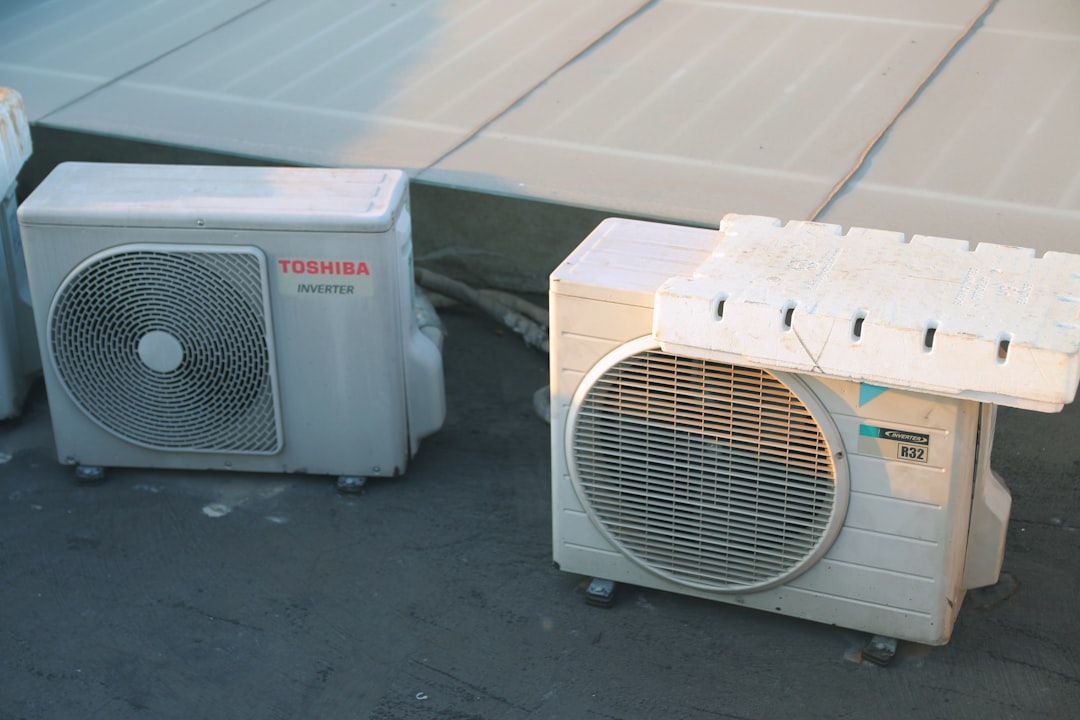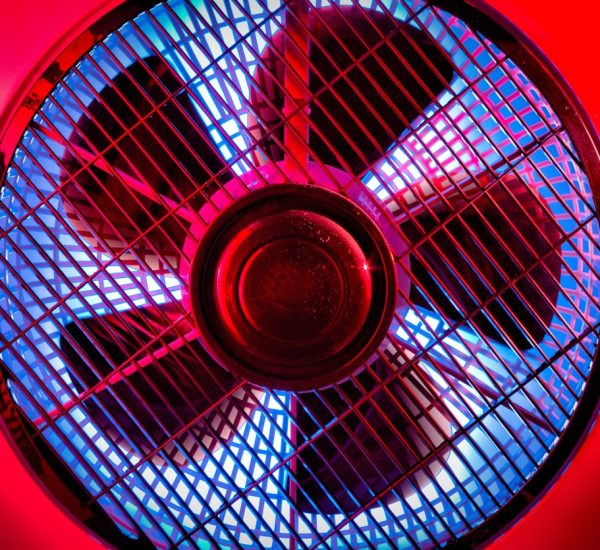Solid-state drives (SSDs) have become a staple in modern computing due to their speed, reliability, and overall performance gains compared to traditional hard disk drives (HDDs). However, as they grow in performance and form factor density, one critical issue has emerged: high SSD controller temperatures. Left unchecked, elevated temperatures can lead to thermal throttling, reduced lifespan, data corruption risk, and in extreme cases, complete drive failure.
TLDR:
SSDs can overheat, especially their controllers, leading to thermal throttling and performance drops. Monitoring temperatures and implementing cooling solutions helps prevent overheating and maintains consistent performance. Use dedicated heatsinks, ensure proper airflow inside your case, and avoid stacking multiple hot components too closely. For laptop users, external cooling pads or SSDs with built-in thermal solutions can help manage temps.
Why SSD Controller Temperatures Matter
Many users focus on CPU and GPU temps, but SSD controllers are just as critical. The controller is essentially the brain of the SSD—responsible for managing read/write operations, wear leveling, error correction, and data integrity. When it operates at high temperatures, it initiates thermal throttling to prevent hardware damage. This results in reduced read/write speeds and a hiccup in overall system responsiveness.
High SSD temperatures also accelerate wear on NAND flash cells, reducing the drive’s effective lifespan. If you run a system where storage performance is a bottleneck—such as gaming rigs, content creation workstations, or enterprise servers—ongoing overheating can significantly hinder your workflow.
Normal SSD Temperatures vs. Dangerous Levels
Understanding what constitutes “high” for SSD temps helps determine whether your drive is at risk. SSDs can tolerate a fairly wide range, but here’s a general guideline:
- Idle: 30°C to 45°C
- Under Load: 50°C to 70°C (up to 80°C for some models)
- Throttling initiates: 70°C to 85°C
- Critical temperature: Above 90°C (can cause shutdowns or damage)
The controller is usually the hottest component on an SSD, often hotter than the NAND or DRAM. If you’ve ever noticed performance drops during sustained workloads like gaming, video rendering, or data transfers, thermal throttling might be the cause.
How to Check SSD Temperatures
You’ll need monitoring software to measure SSD temps; here are some trusted tools:
- CrystalDiskInfo: Simple interface, free, gives real-time temperature and SMART data.
- HWMonitor: Offers a comprehensive view of system temperatures, including SSDs.
- Samsung Magician or WD Dashboard: Vendor-specific tools with temperature-specific metrics and health status.
Be aware that some tools may only report NAND temperature or a general SSD temperature, not the controller specifically. Look for a temperature sensor labeled as “Composite Temp” or “Drive Temperature 1,” which typically reflects the controller’s heat levels.

Cooling Solutions to Lower SSD Controller Temps
Actively managing your SSD’s temperature is essential, particularly for NVMe drives in M.2 form factors, which tend to get very hot due to their compact design and placement, often sandwiched between other hot components.
1. Use SSD Heatsinks
One of the most effective solutions is to mount a dedicated heatsink on the SSD. Many high-end motherboards come with built-in M.2 heatsinks. If not, aftermarket options are readily available and easy to install.
Good heatsinks include thermal pads that make contact with the controller and NAND chips, drawing heat away from the drive. Some even come with built-in mini-fans, although those are typically more relevant for server cases or extreme use scenarios.
2. Improve Case Airflow
A well-ventilated case benefits every component. Here’s how to optimize airflow for your SSD:
- Place intake fans in the front and exhaust fans at the rear/top.
- Avoid placing graphics cards or CPU coolers right above your M.2 drive if possible.
- Check for blocked filters or poorly routed cables that obstruct air circulation.
If you’re using a horizontal motherboard layout (like a test bench), adding a small directed fan near the SSD can drastically reduce its temperature.
3. Use Thermal Pads or Copper Shims
If heatsinks aren’t an option, consider applying high-quality thermal pads or copper shims to displace heat from the controller area. They’re cheap and can be tailored to fit custom laptop or embedded environments—though they’re less efficient than full heatsinks.
4. Avoid High Ambient Temperatures
Room temperature plays a more significant role than many realize. Keeping your room under 25°C (77°F) and away from heating sources will benefit all internal components, including SSDs.

Tips for Laptop Users
Laptops pose a different challenge due to restricted space and airflow pathways. Here are some specific recommendations:
- Use Cooling Pads: A cooling pad under the laptop helps reduce case temperatures and supports passive cooling for internal components.
- Opt for SSDs With Integrated Heatsinks: Some NVMe SSDs come with built-in thermal solutions that can effectively manage heat in tight laptop compartments.
- Limit Sustained Load: Avoid prolonged write-heavy operations without breaks. Transfer large files in segments if you notice temperature spikes or performance dips.
Myth Busting: Is Overheating Always About Performance?
Many enthusiasts assume that SSD thermal throttling only affects read/write speeds. However, there’s more at stake. When SSD controllers operate at high temperatures for prolonged periods, they may implement aggressive wear leveling or reduce input/output operations per second (IOPS) to preserve internal health. This can impact data integrity and increase the chance of bit errors in NAND cells.
In server or enterprise environments, overheating SSDs can violate thermal specifications and void warranties. Therefore, even if your usage doesn’t involve peak performance at all times, maintaining cool operating temperatures is essential for system longevity and data security.
When to Replace or Upgrade Your SSD
If you’ve tried every cooling method and the SSD still thermal throttles with minimal usage, it might be time for a new drive. SSD degradation over time includes not just NAND wear but also decreased thermal efficiency due to dried-out thermal pads or controller integrity issues.
Consider drives specifically built for high-performance or enterprise use, as they’re designed with better onboard cooling and higher thermal tolerances. Examples include the Samsung 980 PRO (with heatsink), WD Black SN850X, and Sabrent Rocket 4 Plus-G.
Final Thoughts
Thermal management of SSD controllers is more important today than ever. With tighter hardware configurations and higher performance demands, overlooking your SSD temps can easily lead to instability and lost performance. The good news is that most of the solutions are inexpensive and straightforward to implement.
Whether you’re using your system for gaming, creative production, or enterprise workloads, keeping your SSD cool ensures data integrity, long lifespan, and peak performance.
Summary Checklist
- Monitor your SSD temperature regularly using trusted tools
- Install a dedicated SSD heatsink or use the motherboard’s built-in cooler
- Ensure your PC case has good airflow and no component obstruction
- Use cooling pads or optimized SSDs for laptops
- Don’t ignore performance drops—thermal throttling can be subtle and damaging over time
Stay vigilant, stay cool, and your SSD will serve you fast and reliably for years to come.



